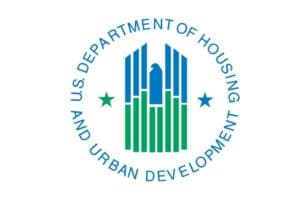The Department of the Treasury (Treasury) released a notice and request for information on data collection for Opportunity Zone investments. Qualified Opportunity Funds (QOFs) are required to file a Form 8996 and Treasury anticipates possible revisions to that form that could assist in data collection. Notice of the availability of the draft Form 8996 and request for comment will be available here. Comments will be due 30 days after publication in the Federal Register. The Treasury Department is seeking public comment on the following questions:
- What data would be useful for tracking the effectiveness of providing tax incentives for investment in qualified opportunity zones to bring economic development and job creation to distressed communities?
- Comments could address (A) suggested measures that would signal improved economic development in local target markets as well as spillover to neighboring areas, (B) measures of job creation specific to the distressed community, (C) who would collect the data, (D) the frequency of data to be collected, and (E) sources from which to collect data.
- In addition to the anticipated revisions to Form 8996 discussed in the Summary of this Notice and Request for Information, is there other information that could appropriately be collected on a tax form that would be helpful in measuring the effectiveness of the opportunity zone incentives. For example, should qualified opportunity zone businesses be required to report on a tax form the location by census tract of (1) owned and leased tangible property or (2) employees of a qualified opportunity zone business?
- Comments could address (A) suggested alternative sources to collect this information, (B) the detail required, such as geocoding or type of property, and (C) the cost of data reporting.
- What data would be useful for measuring how much would have been invested in qualified opportunity zones in the absence of the opportunity zone incentives?
- Comments could address (A) suggested measures for the current economic viability of investment in similarly distressed, but non-qualified census tracts, and (B) current economic trends in qualified and nonqualified census tracts.
- What data would be useful for ensuring that the investment opportunity remains an attractive option for investors?
- Comments could address (A) information on the quantity and location of investment, (B) the type of property or businesses generating investment interest, and (C) sources from which to collect data.
- What are the costs and benefits of various methods of information collection? Who should perform this data collection?
- Comments could address (A) methods of collection and data submission, (B) costs associated with each method, including time burden and other cost considerations, and (C) any specific advantages that a particular method might offer.
- What considerations should government officials take into account when considering data to analyze the effectiveness of the qualified opportunity zone incentives to promote economic development to distressed areas? Over what time period should this analysis occur?
- Comments could address (A) specific concerns of investing in distressed areas, (B) the ability of job creation to match local labor force skills, (C) opportunity zone investment crowding out other private or public investment, and (D) risk factors not elsewhere noted.
